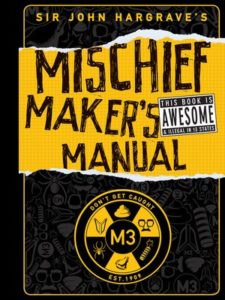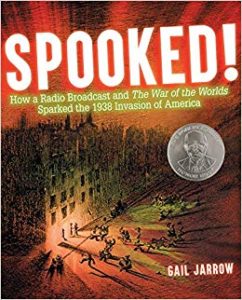Rice, Fish, Noodle: Deep Travels through Japan’s Food Culture by Matt Goulding
My passion for food and travel began with Anthony Bourdain. After watching his show No Reservations, I knew I wanted to see the world, eat where the locals eat, and not fall for tourist traps. Anthony Bourdain invested in this book and was the driving force behind its publication. Any book that has his blessing is one I’m interested in.
Rice, Noodle, Fish is written by Matt Goulding, co-author of the Eat This, Not That! book series, which serve as a guide to help people select healthier options at the grocery store and restaurants. He is also a writer for Roads & Kingdoms, a website dedicated to informing people about travel, food, and politics.
This book takes readers on a journey through Japan. Each of the seven chapters focuses on a different region and what makes it unique. Combining travel guide, history, and storytelling, Rice, Noodle, Fish sets out to paint a picture of the complex world of Japanese culture and cuisine. The color photographs add another level of beauty to an already-captivating book.
Rice is the main staple in Japan, served with most meals. When people think of sushi, the first thing considered is fish, but what truly makes good sushi is the rice. In the first chapter, Tokyo, we meet Koji Sawada, a sushi master. There is a concept of shokunin, an artisan or master in one’s profession, that is deeply embedded into Japanese culture. Sawada is the epitome of shokunin. He wakes up early to pick out his fish, has spent years perfecting the ideal temperature to serve each fish, only serves six people for lunch and six at dinner, and ends the day by scrubbing the countertop of its accumulated fish oils. In all, working eighteen-hour days, six times a week. It takes practice, dedication, and kimochi (feeling) to become a sushi master.
Noodle varieties of Japan go far beyond the basic ramen that immediately comes to mind. There are udon, soba, and somen, to name a few. Udon are thick white noodles that can be enjoyed chilled or warm; soba noodles are made from buckwheat and wheat flour, served cold or in hot soup; somen noodles are made from wheat flour and usually served chilled. In Fukuoka, however, ramen is king. There, ramen isn’t just a cheap meal to be taken lightly — it’s an identity, and Fukuoka is home to over 2,000 ramen shops. The complex level of flavor that goes into ramen include tare (seasoning base), broth, noodles, and toppings. So, next time you make ramen, throw the little flavor packet away (the sodium content is atrocious anyway) and opt for more traditional ingredients. Use a homemade broth, and top it with green onions, a poached egg, soy sauce, sesame oil, or Sriracha — there are no rules or limitations.
Fish is important to Japan. Being an island nation, Japan takes advantage of the abundant sea life found nearby. Hokkaido, the northernmost prefecture of Japan, has some of the best fish markets in the world. Though some of the seafood stays in Hokkaido, much is shipped to Tokyo, fetching top dollar because of the high quality of the fish. Other seafood enjoyed in Hokkaido include King Crab, Snow Crab, scallops, eel, and uni, or sea urchin. In addition to being known for seafood, Hokkaido has experienced a flourish in wine production as the terrain and weather provide perfect conditions. Featured winemaker Takahiko Soga doesn’t want to imitate California Reds or Italian whites, which don’t pair well with traditional Japanese foods. So much of the of Japanese palate relies on subtly and region, and Soga aims to produce wines which complement the traditional foods and flavors of Hokkaido.
While reading this book, it’s important to consider the political and cultural impacts of food, not just in Japan, but for the entire world. Factors that affect what a culture consumes include seasonality, climate, who settled the area, income levels, and what foods are native to the area. One of the best ways to learn about people and their culture is from the food they eat. Rice, Noodle, Fish does a wonderful job at providing insight into the different regions of Japan, the history of food there, and how traditions are carried on.





 February 3, 2019
February 3, 2019